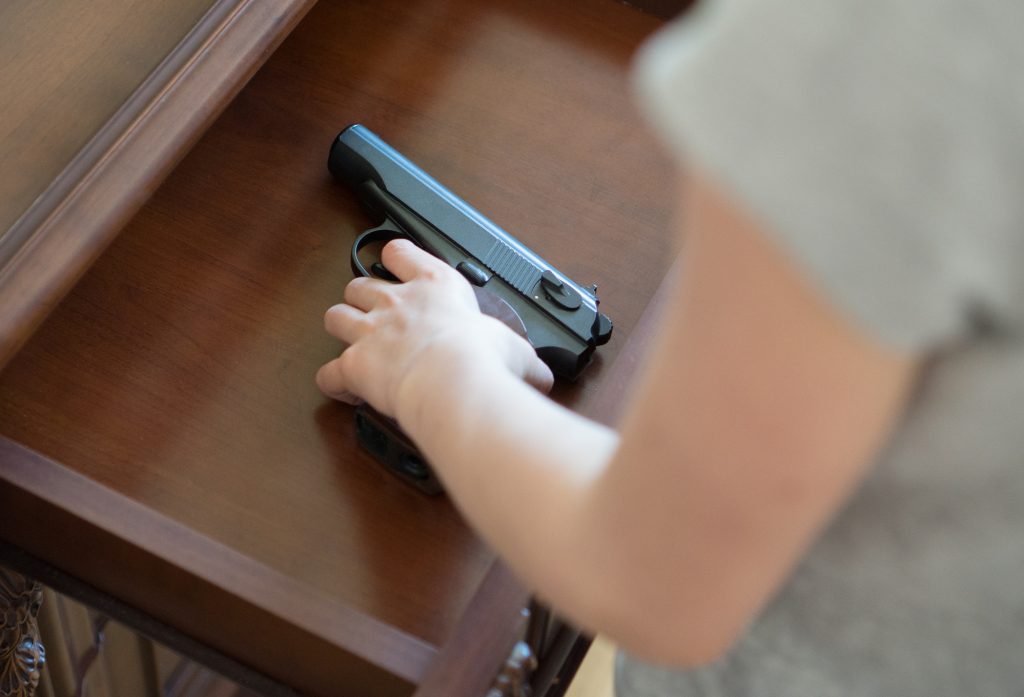It has recently been brought to my attention that I am “extra.” This observation was thoughtfully delivered by my high schooler but quickly confirmed by her younger brothers. I think it may have been initiated by the pizza skulls I made for our Halloween party, or maybe it was the fact that I peel my first grader’s orange before packing it in his lunch. Either way, the three of them were able to create a rather comprehensive list enumerating the many ways in which I am “extra.” I listened in amusement for a while, but when they started talking about the way I would ask too many questions prior to playdates, I had to interject.
My kids were referring to the fact that any time they go to a friend’s house for the first time, I make a point to ask whether any guns in the house are stored in a secure manner. The conversation is never easy, nor is it always comfortable, but in a world where 19 children a day will die from or be treated for a gunshot wound, the uncomfortable conversations are necessary.
Death by gunshot is the second leading cause of death for children and teens aged 1-19. Motor vehicle accidents are the leading cause. In 2016, of the children who died by gunshot, 59% were due to homicide and 35% were due to suicide. A staggering 26% of deaths due to gunshot wounds were caused by unintentional injury. The vast majority of those occurred at home when a child was playing with a loaded gun and accidentally fired it.
The website www.besmartforkids.org helps parents talk with their children and other parents about gun safety by dividing it into five simple steps using the acronym SMART:
S. Secure guns in homes and vehicles.
Guns should be stored unloaded, with gun locks, in locked cabinets or safes. The ammunition should be stored in a separate locked location. These storage areas should be inaccessible to children. Studies show that, despite what most parents think, most kids know if there is a gun in the house and where it is kept. Many of those children will admit to handling the gun when the parent is not around.
M. Model responsible behavior.
It is the responsibility of the gun owner to prevent unauthorized access through appropriate gun storage. Whether your family owns guns or not, parents should discuss with their child that guns are not toys. Should your child see a gun at a friend’s house, or anywhere else, they should not touch it; they should walk away and they should tell an adult.
A. Ask about unsecured guns in other homes.
Talking with other parents about guns in their homes can be awkward. Consider making it part of a general safety discussion. For example, ask if the house has a pet, a pool or any firearms. If it is uncomfortable to talk face-to-face, use email or text to ask and relay information. Volunteer information about your home before you are asked. Discussing gun storage prior to a playdate should be as routine as discussing food allergies. Visit the website askingsaveskids.org for more information.
R. Recognize the risks of teen suicide.
A 2018 study found a close relationship between suicide rates and gun ownership. That is, the states with the highest suicide rates also had the highest rates of gun ownership.
T. Tell your peers to be smart.
The more often these conversations occur, the easier they are to have.
Nothing is extra when it comes to the safety of our kids.






Comments